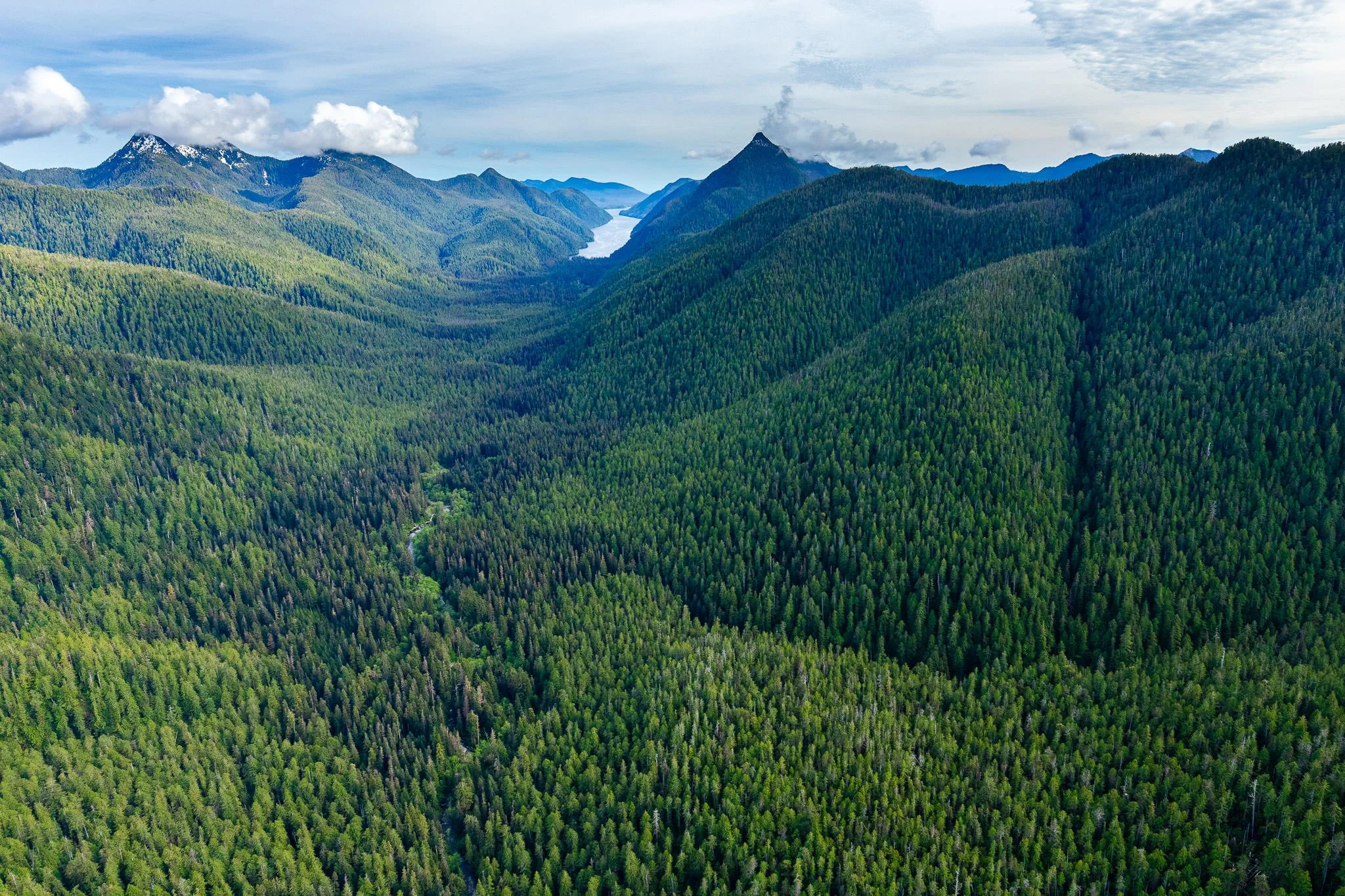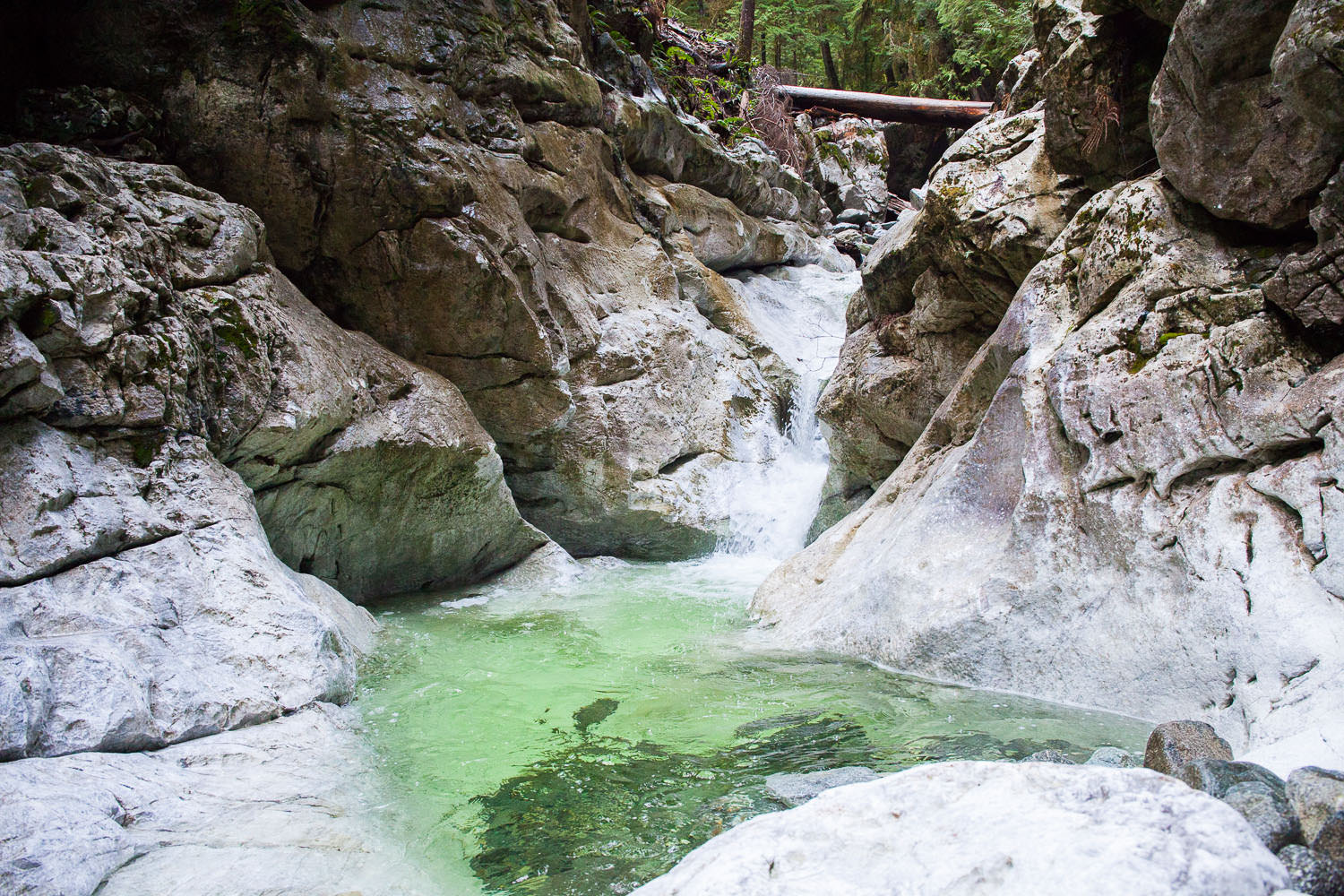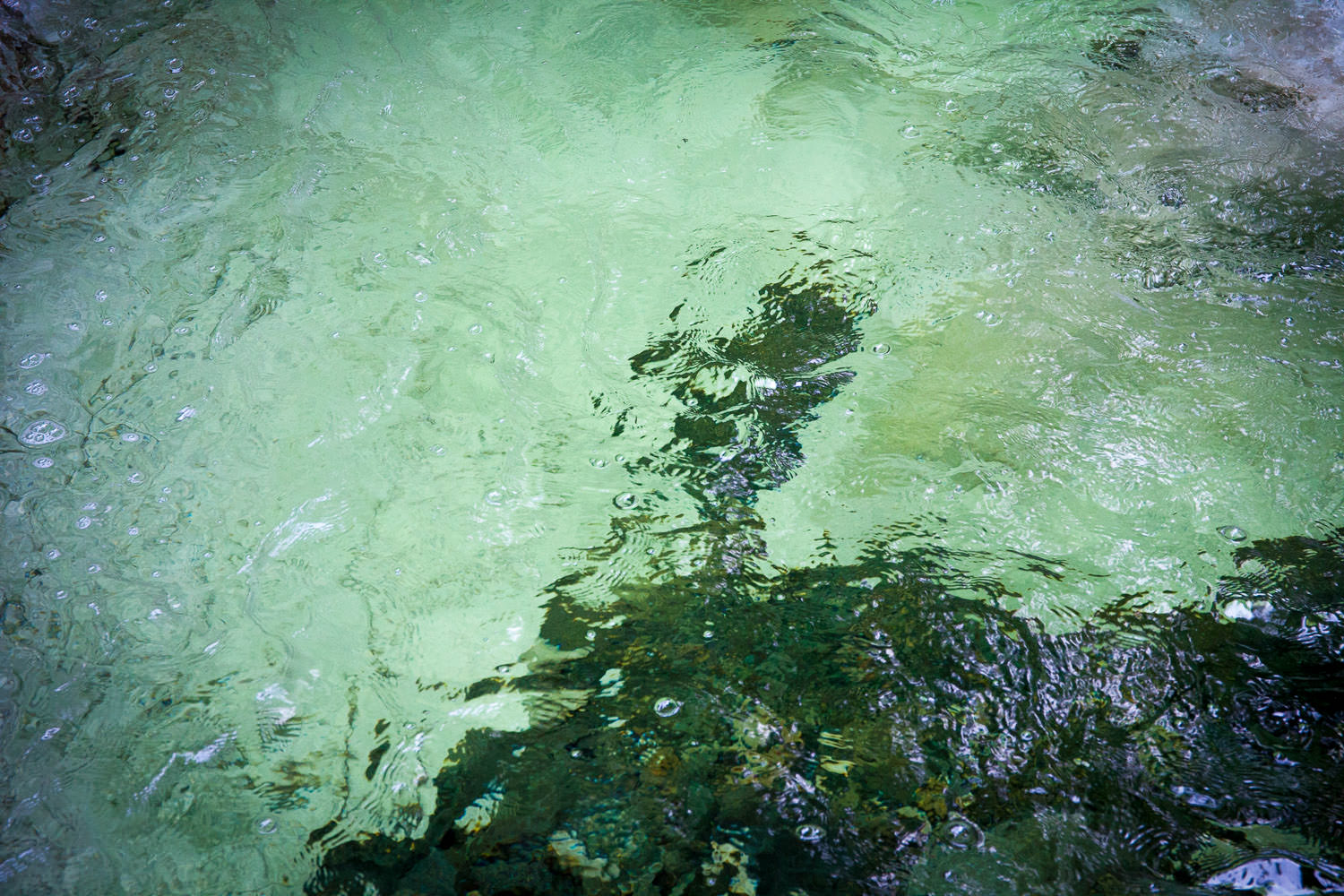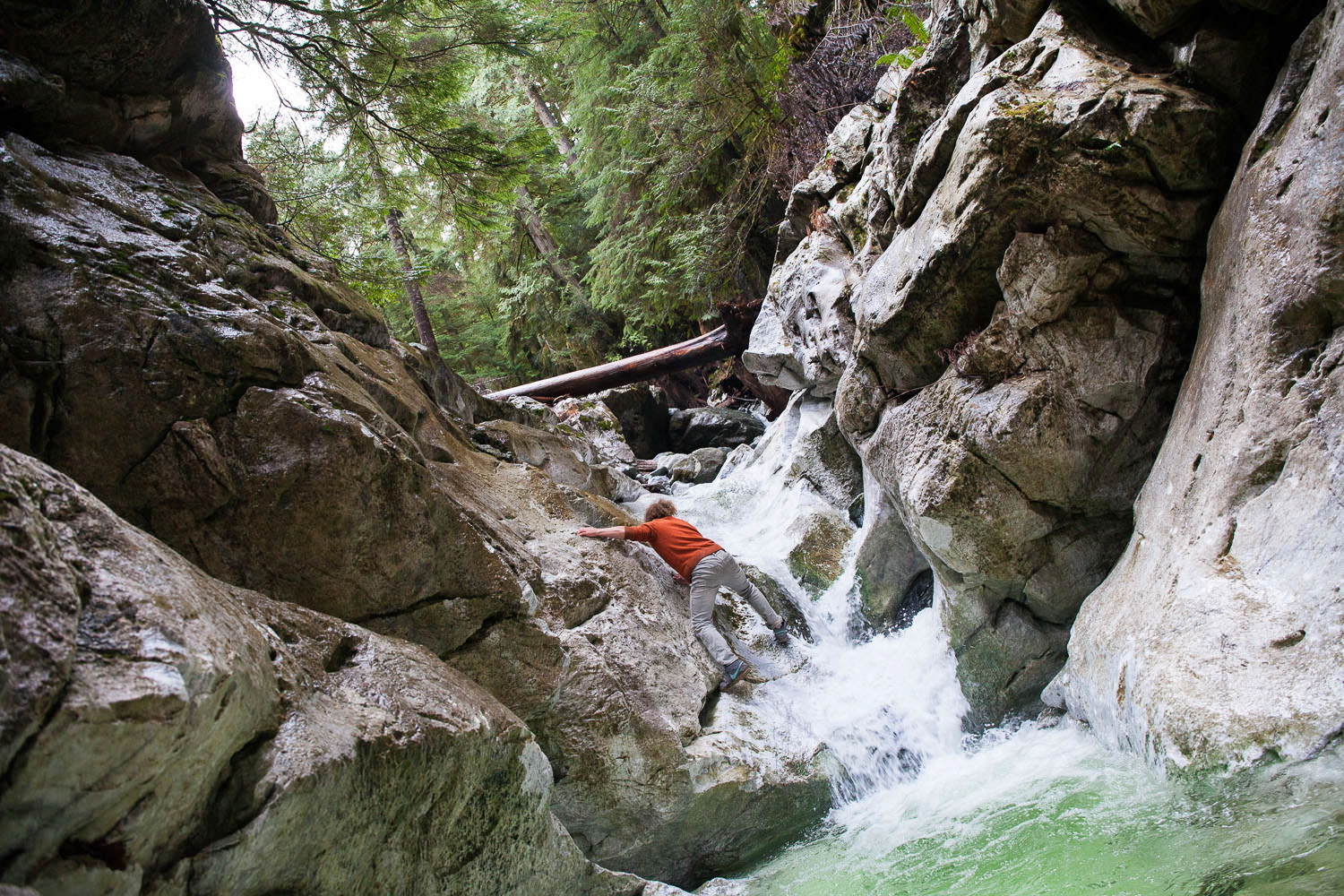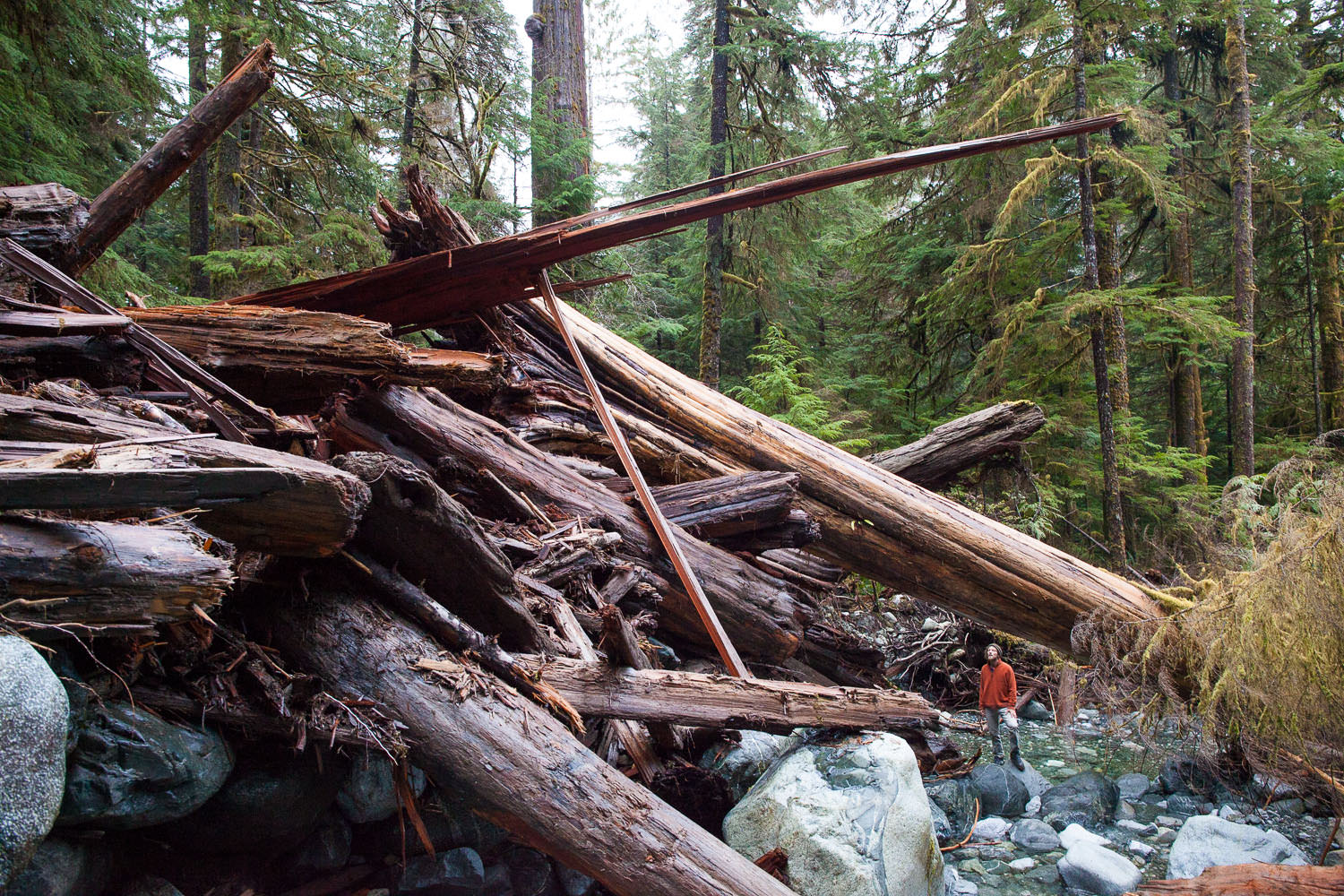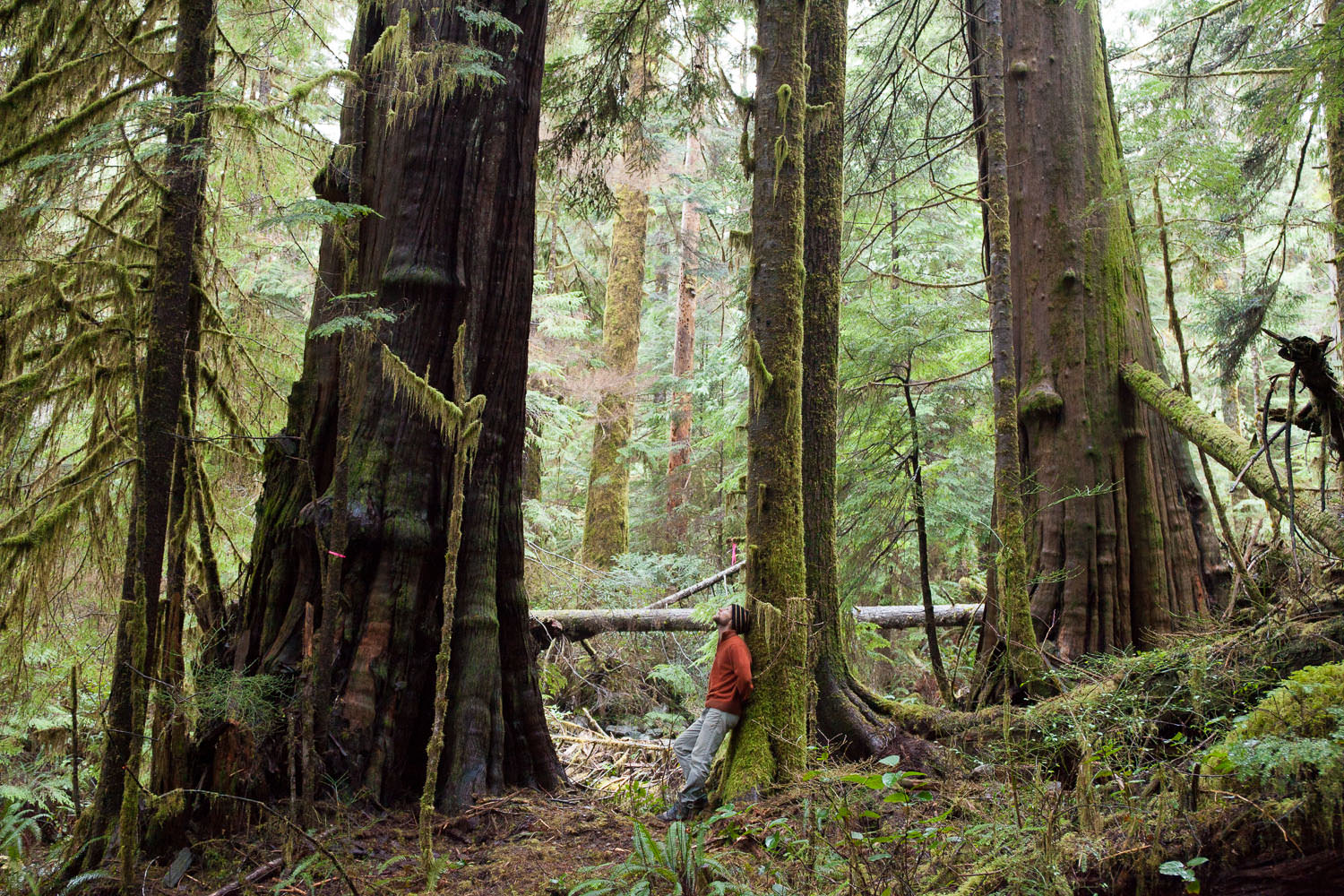Cuteness alert! A baby black bear climbs a tree! 🐻🌲
This little cub on the west coast of Vancouver Island was likely born inside the hollow heart of an ancient redcedar, a favourite maternity den for mother bears in this region.
Newborn black bears are among the smallest mammals in proportion to their mothers. This cub likely weighed about 300 grams (just over half a pound) at birth, roughly one three-hundredth the size of its mother. These blind, nearly hairless little jellybeans stay in the den with their mother for 2–3 months before emerging as playful, fuzzy cubs.
Trees continue to provide safety as the cubs grow. At the first sign of danger, mother bears will send their babies scrambling up a tree trunk or use trees as a safe place for cubs while she forages nearby. In spring, black bears also visit hemlock trees like this one for a sugary treat, stripping away the outer bark of young hemlocks to feast on the sweet cambium when the sap starts to flow.
Thankfully, we got a surprise view of this little cutie from a distance without meeting Mom and then carried on our way. You never know what you might stumble upon while exploring old-growth forests! 🥾




